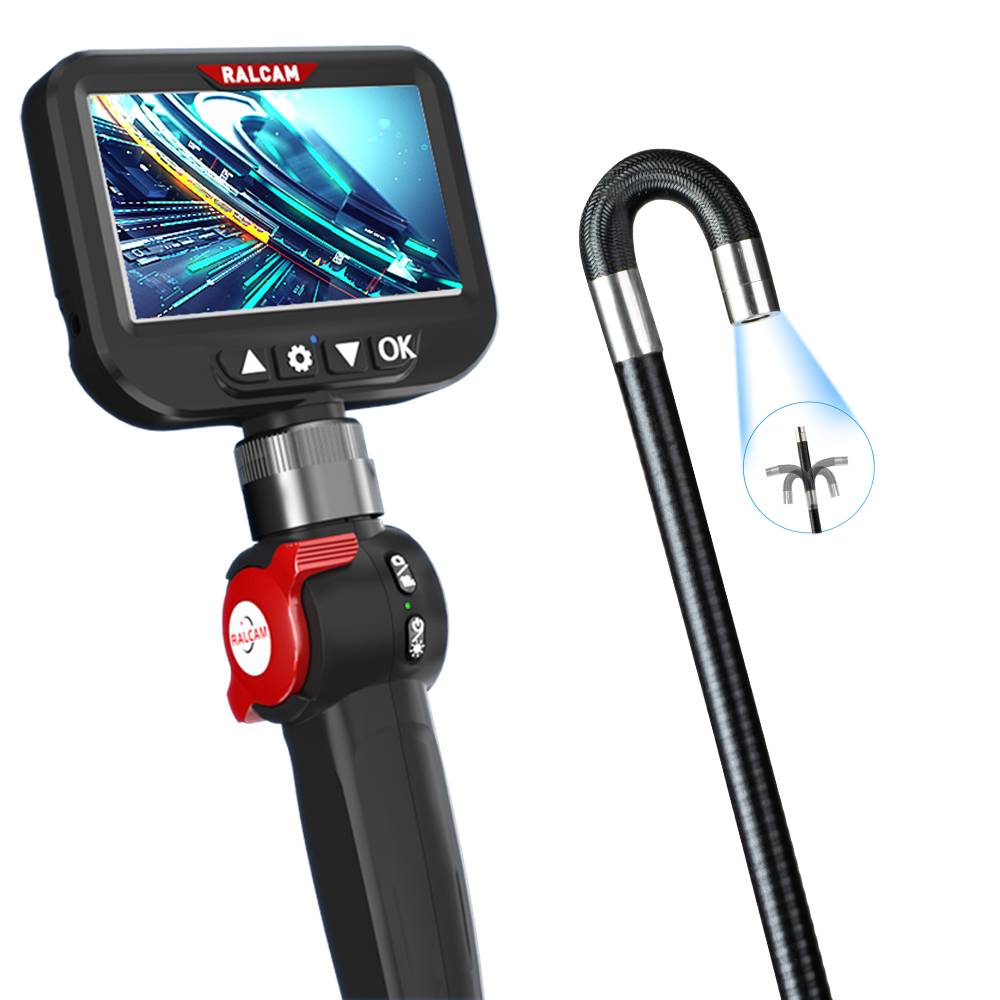 Susan
Susan  2025-12-25
2025-12-25

Without a comic book hero’s ability to shrink down to a small size, locating and identifying issues within helicopter or airplane engines was a tricky and time-consuming task for engine maintenance professionals and for engineers.
Or, it was — until solution providers such as Ralcam Borescopes introduced them to borescopes and videoscopes that could venture into the internal world of these engines, without even having to open them up.

Enter the borescope — a precision visual inspection device that uses bunches of finely spun glass fibers to carry light and images. The borescope transmits images of areas inaccessible to the naked eye. Boroscopes can be rigid or flexible. Flexible borescopes are most preferred by aerospace inspectors as the probe allows for the ability to bend and in many models offer articulation.
With advancement in technology, these borescopes have been replaced with the introduction of the videoscope. These videoscopes or sometimes called video borescopes, are designed with a micro camera at the tip of the borescope probe which sends the video signal to a color monitor that allows the borescope inspector to view the image. This same technology is used in the medical industry, but we typically refer to these devices as endoscopes. The visual inspection camera that is used for aviation, aerospace and manufacturing environments are typically referred to as industrial endoscope or industrial videoscope cameras.
Over the years, Ralcam Borescopes has provided borescope inspection camera systems for the aerospace, automotive, aviation, casting, electronic, nuclear, petrochemical, power generation and oil refining industries. The company’s greatest advances were providing the visual inspection instruments for both the business jet and commercial gas turbine engine market.


